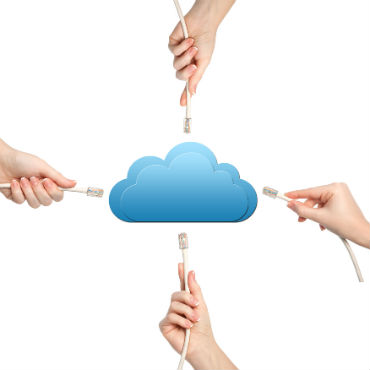Digital government, openness and open cloud -- new cornerstones of democracy

An open cloud -- supporting open source, open standards and interoperability -- can drive innovation and boost citizen participation in government.

The era of openness is upon us, with open cloud as a gateway to the interoperability we all seek.
In just a few decades, we've moved from the individualized computing paradigm of the PC toward an always-on world where billions of people are connected across multiple systems, platforms and services by computing devices of all sizes and shapes. Interoperability, open source and open standards are all critical today.
Today, citizens have a strong -- and justified -- expectation that everything interoperates seamlessly across multiple platforms and technologies, almost magically. Any device should be able to work with any cloud from anywhere with any application.
For government, achieving openness means expanding access to information to people anytime, anywhere, and on any platform or device. It also means empowering developers to build next-generation applications and services using the tools of their choice.
Open government is about improving the interaction of citizens with their government, by providing the digital means for greater transparency, participation and collaboration. Technology can help agencies realize these goals. So when determining the role of technology in pursuing this vision, we must consider the desired outcomes, not just the technology itself.
Under the Obama administration's Open Data Policy, agencies must manage information as an asset throughout its life cycle to promote openness and interoperability, while properly safeguarding systems and information.
An open cloud -- supporting open source, open standards and interoperability -- can boost citizen participation in government and drive collaboration and innovation. Embracing this concept is 18F, the digital services agency based within the United States General Services Administration that is committed to lean startup methods, cloud computing, open source code and contemporary programming languages.
The potential for organizations like 18F that foster interaction between government and citizens is that openness will become firmly embedded in the democratic process. The result will be a transformation in digital government that could scarcely have been imagined a few years ago.
Grounded in the principles that openness drives innovation over time, we at Microsoft built our cloud to be open from the ground up. Our goal is to enable anyone, from federal employees to private citizens, to engage, collaborate and innovate with government by being able to freely access and use open source tools.
For us, an open cloud embraces a wide range of open source languages, databases and services. This is why we support thousands of open source technologies and open standards. Industry, open communities and government need to work together to develop the open source code and open standards needed to reach the goal of fluid interoperability.
The vision for openness is a world where pieces of information across platforms are being created and routed, modified and adapted, understood by big data, and processed by cloud services. By designing open platforms that are connected and transcend technologies, we can create an ever-growing, virtual ecosystem of software that helps everybody.
For government, achieving openness means expanding access to information to people anytime, anywhere, and on any platform or device. It also means empowering developers to build next-generation applications and services using the tools of their choice.
On a practical level, agencies planning next steps toward their open data objectives should consider the key interoperability elements of an open cloud platform. Decisions about how best to make interoperability possible should be focused on the needs of users and partners.
There are four interoperability issues common to all deployments: data portability, standards, ease of migration and developer choice.
Data portability: Users need a high level of confidence in their ability to control data in the cloud.
Standards: Cloud platforms should follow common industry standards to facilitate interoperability with other software and services that support the same standards.
Ease of migration: Cloud platforms should have a secure migration path that preserves existing assets and supports co-existence between on-premises software and cloud services.
Developer choice: Cloud platforms should support developer choice in tools, languages and runtimes, an approach that will broaden the community of developers that writes for an open-cloud platform.
For federal executives and managers, interoperability and other technical challenges of open cloud may seem daunting. But this simple premise is worth keeping in mind: Openness and choice in government technology represent new cornerstones of our democracy.


